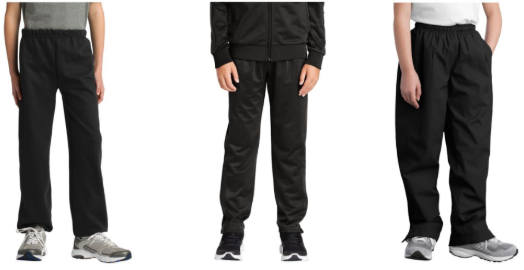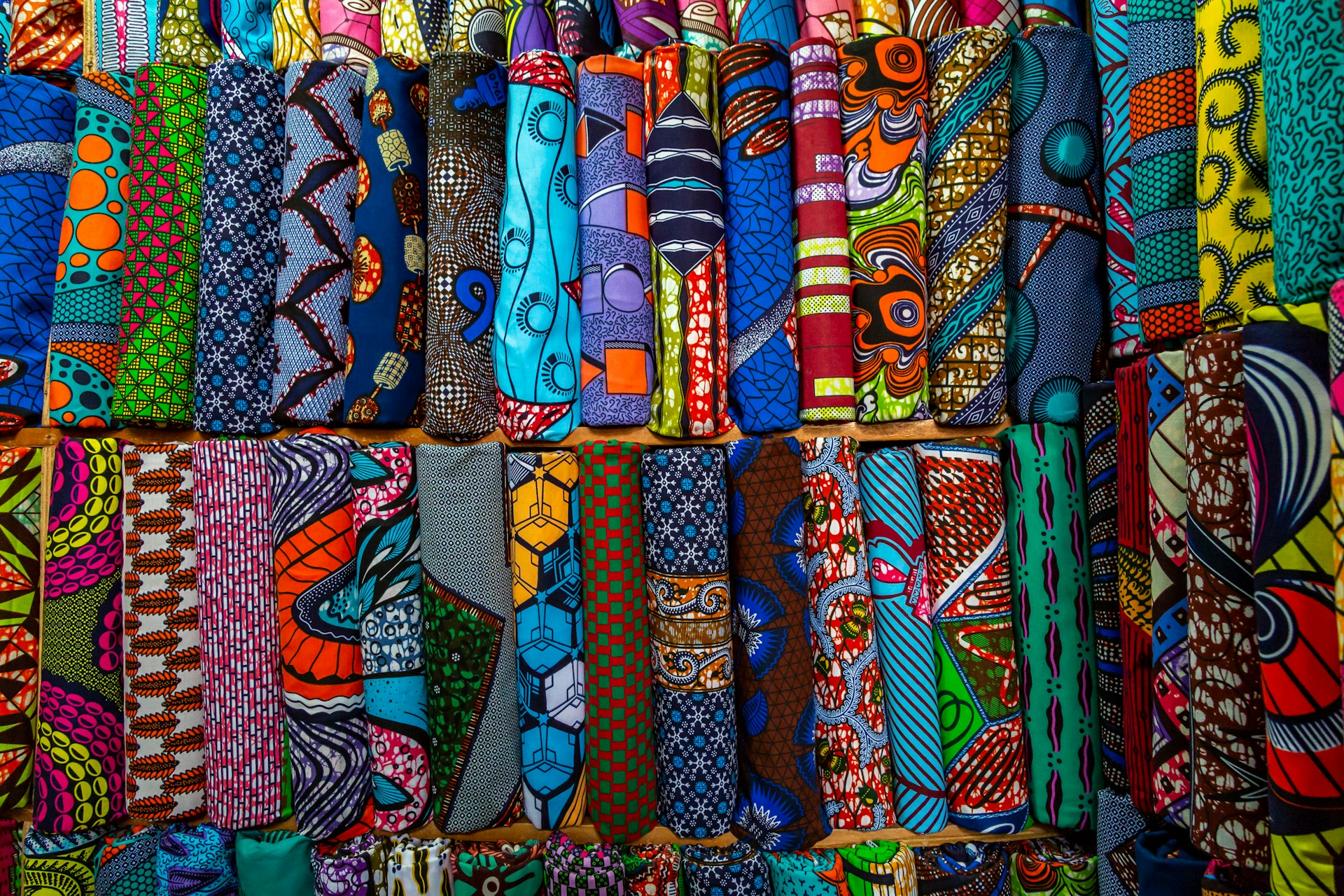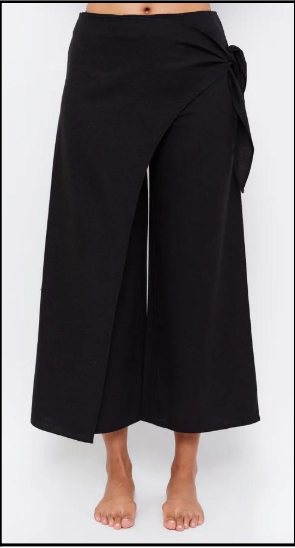The safety pin, a small yet essential item, has been a reliable tool for centuries. It serves as a temporary solution for clothing malfunctions, a staple in craft projects, and even an emergency tool in various situations. In this article, we will dive into the history, structure, and versatility of the safety pin. Let’s explore how this simple object continues to be useful in modern times.
The Invention of the Safety Pin
The safety pin was invented in 1849 by American mechanic Walter Hunt. He was facing a debt of $15 and came up with the idea of creating a practical tool to sell and pay off his dues. Hunt bent a piece of brass wire into a pin with a clasp at the end to prevent it from pricking the user. He patented the safety pin and sold the rights for $400, which was a considerable sum at the time. This invention has since evolved into various forms and sizes, but the basic structure and purpose remain the same. Today, safety pins are made from materials like stainless steel, plastic, or nickel-plated brass, ensuring durability and resistance to rust.
Structure of the Safety Pin
The safety pin consists of a coiled wire, a pin, and a clasp. The coil serves as a spring mechanism, allowing the pin to open and close with ease. The sharp pin is the part that pierces through fabric or other materials, while the clasp locks the pin securely in place, ensuring that it does not come undone or injure the user. This simple yet effective design has made the safety pin a household essential for decades.
Everyday Uses of the Safety Pin
Clothing Fixes
One of the most common uses for safety pins is to fix clothing issues. Whether it’s holding a buttonless shirt together, repairing a broken zipper, or securing a torn hem, the safety pin offers a quick and easy solution for fashion emergencies. People often carry safety pins in their bags for unexpected wardrobe malfunctions.
DIY Craft Projects
Safety pins are also frequently used in crafting. They can be transformed into jewelry, such as bracelets and necklaces, or used to attach decorative items like beads and ribbons to clothing or accessories. Craft enthusiasts appreciate the versatility of safety pins in creating both functional and decorative items.
Baby Care
In the past, safety pins were often used to secure cloth diapers before the advent of modern fasteners like Velcro. While many parents now use more convenient diaper fasteners, safety pins remain a reliable tool for various baby care needs, such as attaching bibs or securing loose clothing.
Temporary Fix for Accessories
Aside from clothing, safety pins can be used to fix or modify accessories like bags, belts, or hats. If a strap breaks or a piece of fabric comes undone, a safety pin can hold everything together until a more permanent solution is found.
Emergency Medical Tool
In survival situations or emergencies, safety pins can be used as makeshift tools for medical purposes. They can be used to remove splinters, secure bandages, or even as a makeshift suture if needed. While this is not a recommended medical practice, the pin’s sharp point and secure clasp make it a handy tool in desperate circumstances.
The Safety Pin in Fashion
The safety pin has become more than just a tool for repairs; it has also made its mark on fashion. Punk rock culture in the 1970s popularized the use of safety pins as a rebellious fashion statement. People wore them as jewelry, using them to adorn clothes, piercings, and accessories. This trend has persisted, with designers occasionally incorporating safety pins into high-fashion collections, making the humble tool a symbol of edgy, nonconformist style.
Safety Pin as a Symbol of Solidarity
Beyond its practical uses, the safety pin has also gained symbolic significance. After the 2016 U.S. presidential election, safety pins became a symbol of solidarity and support for marginalized groups. People wore safety pins to show that they stood against discrimination and would provide a “safe space” for those who felt vulnerable. This quiet but powerful symbol continues to represent unity and empathy in various social justice movements around the world.
Environmental Impact of the Safety Pin
As with many consumer products, the environmental impact of safety pins is worth considering. While safety pins are relatively small and durable, they are often made from metals that require mining and processing, which can contribute to environmental degradation. However, because safety pins are reusable and long-lasting, they are generally considered more sustainable than single-use plastic fasteners or adhesives. Choosing stainless steel or recycled materials for safety pins can further reduce their environmental footprint.
The Evolution of the Safety Pin
Over the years, the basic design of the safety pin has remained largely unchanged, but innovations have occurred to meet modern needs. For example, some safety pins now come with plastic coatings for added comfort, or with additional features like locking mechanisms to ensure that the pin stays securely in place. These enhancements allow the safety pin to remain relevant in various industries, from fashion to manufacturing.
Safety Pin Alternatives
Though safety pins are versatile, there are several alternatives that offer similar functionality. Items like paper clips, binder clips, or Velcro strips can provide temporary fixes for clothing or craft projects. However, none of these alternatives offer the same combination of security, ease of use, and portability that the safety pin provides. It remains the go-to tool for quick fixes in a variety of situations.
Choosing the Right Size of Safety Pin
Safety pins come in different sizes, each suited to specific tasks. Small safety pins, ranging from half an inch to one inch, are ideal for delicate fabrics and small repairs, while larger pins, measuring two inches or more, can hold together thicker materials like denim or leather. When choosing a safety pin, it’s important to consider the material you’re working with and select a pin that will securely hold without causing damage.
How to Safely Use a Safety Pin
Though safety pins are simple to use, there are some precautions to keep in mind to avoid injury or damage to clothing. Always ensure that the clasp is securely fastened to prevent the pin from coming undone. When piercing fabric, take care not to stretch or tear the material, especially with delicate fabrics like silk or lace. Additionally, always handle the pin with caution, as the sharp point can easily cause injury if mishandled.
Safety Pins in the Medical Field
While not a common medical tool today, safety pins were once used in various medical procedures, particularly during emergencies. In battlefield medicine, for example, safety pins were used to secure bandages or as a temporary suture. While modern medical equipment has largely replaced the safety pi’n, it remains a useful tool in emergency kits for basic first aid tasks.
Conclusion
The safety pin may seem like a simple, everyday object, but its impact is far-reaching. From fixing clothes to making fashion statements, the safety pi’n is a versatile tool that has stood the test of time. Its durability, ease of use, and wide range of applications make it an indispensable item in households, fashion, and even emergency situations. Whether you’re crafting, solving wardrobe malfunctions, or providing symbolic support, the safety pi’n continues to be a tool for both practical and meaningful purposes.
FAQs
Can safety pins be used on delicate fabrics?
Yes, but it’s important to choose a small pin and handle it carefully to avoid tearing or stretching the fabric.
Are there eco-friendly safety pin options?
Yes, some safety pins are made from recycled materials or stainless steel, which are more sustainable options.
How do I safely dispose of a safety pin?
If the pin is damaged or rusted, it’s best to recycle it with metal products to prevent environmental harm.
Can a safety pi’n rust?
Safety pins made from nickel-plated brass or stainless steel are rust-resistant, but cheaper pins may rust over time.
What are some alternative uses for safety pi’ns?
Safety pins can be used as emergency medical tools, to create jewelry, or even to express solidarity in social justice movements.












